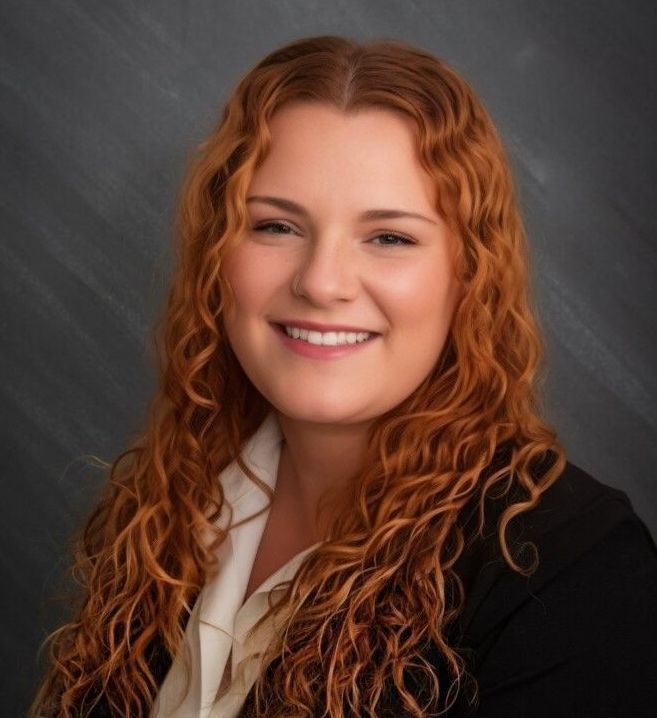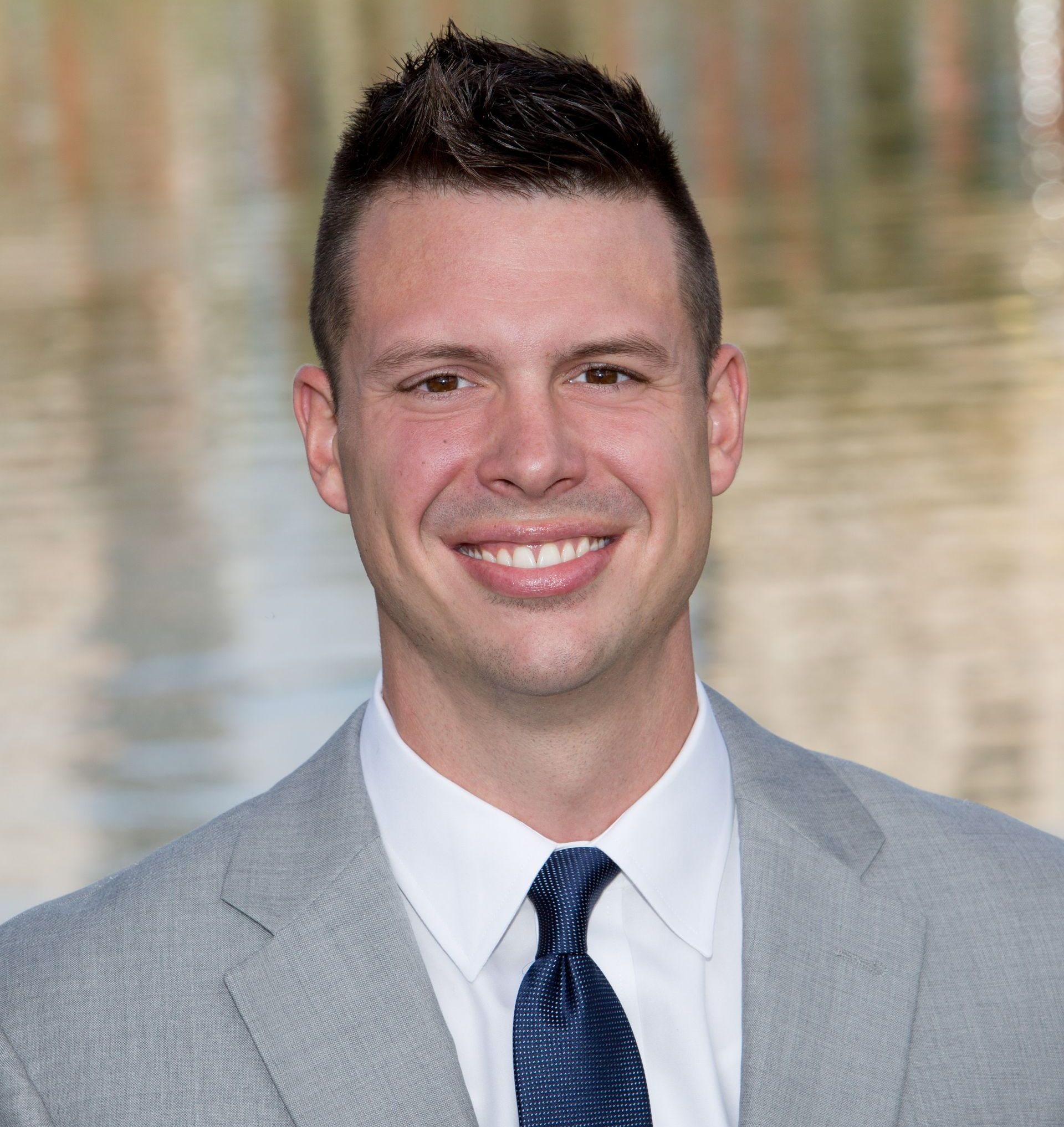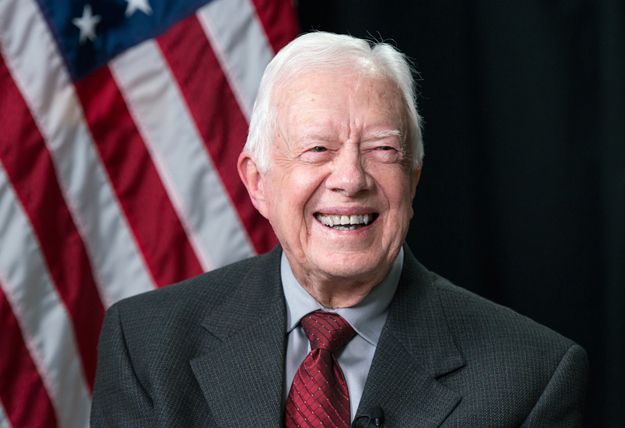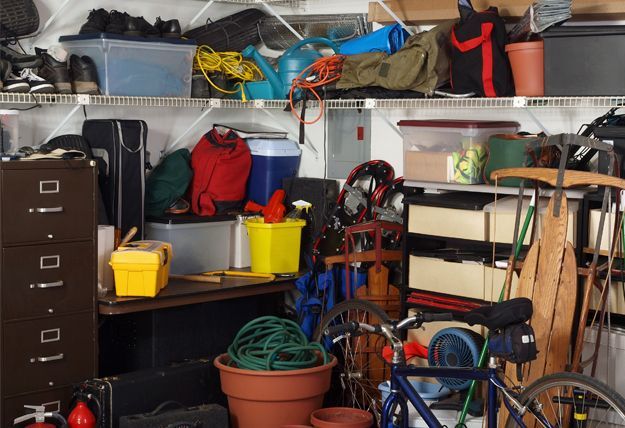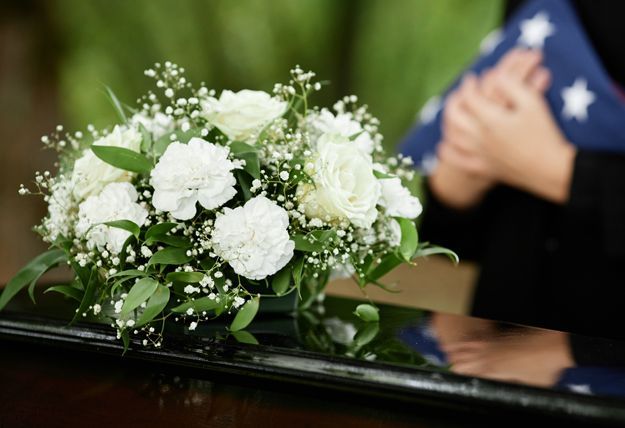AVAILABLE 24/7
CALL TODAY | 717-774-7721 | AVAILABLE 24/7
Steve Parthemore’s – DMORT Deployment Blog – Part 1: Travelers
For nearly 20 years, I have been a part of DMORT - Disaster Mortuary Operational Response Teams. Highly trained DMORT teams help identify victims and support local mortuaries during mass casualty events. My first experience, volunteering during the aftermath of 9/11 to assist the New York City Office of Chief Medical Examiner (OCME), sparked my interest in DMORT.
During the COVID-19 pandemic, DMORT has been tasked with assisting other federal and state agencies to help control the spread of the disease and return victims to their loved ones in a dignified and respectful manner.
This blog, part one of two, is about my recent DMORT experience with repatriating travelers who were returning to the U.S. after the pandemic started.
On Saturday morning, February 1, after working out at the Y with my wife, I received an email from the DMORT commander of our region asking if we were available to deploy to California to assist U.S. citizens repatriating from Hubei Province in China. After talking it over with my wife, she encouraged me to go because she knows that I enjoy the challenge and variety of the deployments.
That afternoon, I had received my orders and travel information. My flight was leaving at 6 am the next morning. I grabbed my uniforms and my wife helped me pack and take care of other necessary tasks before leaving on short notice. I spoke with my brother Gib who graciously agreed to fill in for me at our family-run funeral home.
DMORT members are considered intermittent government employees and when deployed their professional license is valid where they are working. Our response to COVID-19 has been different than previous responses in that it has been to several geographic areas over a period of months and it is ongoing. Thankfully, because we have completed ongoing training in proper donning and doffing of personal protective equipment (PPE), special pathogens of concern, incident management, and weapons of mass destruction/terrorism, our team is fully prepared to serve when needed.
I flew to Sacramento, met up with a couple teammates and drove to our deployment site at Travis Air Force Base (AFB). The Centers for Disease Control and Prevention (CDC) was in charge of the operation. Many other U.S. Department of Health and Human Services (HHS) agencies were involved, including the Office of the Assistant Secretary for Preparedness and Response, the U.S. Public Health Service, and the Administration for Children and Families. HHS worked in collaboration with the Department of Defense, the Department of Veterans Affairs, and the U.S. Marshalls.
We met the planes when they arrived from China. Some of the people would end up staying at Travis while others would continue on to other military facilities in the United States. The evacuees were given an initial screening for COVID-19. If something raised a red flag, they were sent to my team for further evaluation. If certain criteria was met, the evacuee met with a CDC physician in consultation with another specialist from CDC by phone. A few of the people that we interviewed were transferred to the hospital for quarantine and testing. The remaining evacuees were transported to housing on the base.
During my two-week deployment to Travis AFB, our mission was to continuously screen passengers for symptoms, address any underlying health conditions, provide access to prescription medication, and provide wrap around services (including housing, meals, linen services, and appropriate entertainment).
Within a few days, we developed a good daily rhythm. I was relieved to learn that the people whom I had interviewed on arrival day all tested negative and came back to the base for the remainder of their quarantine. I was especially happy that a toddler I interviewed – a sweet, happy girl – was able to return to the base.
As soon as we started the deployment, we understood the mission’s historical significance. This was the first large-scale U.S. quarantine in more than 60 years. Given the unusual circumstances, we did our best to keep our evacuees comfortable and content during their stay. The people were very kind and appreciative.
When I returned, I kept social distance from my family and others, this was before it was the norm in Pennsylvania. We had been told that the PPE and social distance practiced while deployed made social distancing unnecessary, but taking the extra precautions made me more comfortable.
About a month after I returned from Travis AFB, I received an email on March 13 requesting me to deploy to Dobbins Air Reserve Base in Marietta, GA. Our mission was to assist with cruise ship passengers that were placed in quarantine to prevent the spread of COVID-19.
The request for my second deployment came just as the nation was beginning to shut down because of the pandemic. At the funeral home, we were going through unprecedented times. I’ll never forget discussing how we would manage if the situation got so bad that we would have more decedents than we would be able to store the remains or schedule the services. Given what was going on, I completely understand why my brothers, nephew, and our staff questioned why I was considering deploying again. The simple answer is that I have trained and prepared over the past 20 years; I feel it’s my duty to serve my country during times like these. My supportive wife and incredible coworkers and staff have made it possible for me to serve.
Upon my arrival on Saturday morning, I was asked to immediately get in my uniform and report to the base. Before going into the “hot zone,” where the passengers were housed, we would don PPE that was set up in one of the tents. One side was for donning and the other side was for doffing. There were personnel staged there to make sure we were donning and doffing correctly.
When I first arrived, I was tasked to deliver food that was provided by a caterer. While delivering meals, I soon discovered that the guests were understandably upset. All meals had to be eaten in their rooms and people were not allowed to mingle or socialize, since stricter social distancing guidelines were now in place.
We explained that we were doing our best to keep them safe while making them as comfortable as possible. A part of DMAT preparation is having a cache of pharmaceuticals ready, so we noted any medical needs and helped them get the drugs that were needed from what was on hand or available through the local drugstores.
We also picked up things as simple as slippers for the guests. I will remember most of the guests, but one in particular sticks out to me. There was an elderly black woman that had chronic heart failure. She didn’t tell us that she had the condition, but my teammate: a female fire chief from South Carolina noticed her swollen feet and legs when we stopped at her room for a temperature and wellness check. My teammate insisted that we get the woman compression socks to help control the swelling. She also immediately had DMAT evaluate her to see if the dosage of her medicine needed changed. I took satisfaction in knowing that our hard work helped make their quarantine stay more pleasant. I returned from Georgia on March 27.
NPR’s Fresh Air Interview
Reckoning With The Dead: Journalist Goes Inside An NYC COVID-19 Disaster Morgue
If you’d like to learn more about how New York City dealt with the practical challenge dealing with so many bodies suffused with a deadly pathogen. NPR’s Fresh Air interviews Time magazine reporter W.J. Hennigan. Listen to the interview.



Find Us On Social Media
© Parthemore Funeral Home & Cremation Services, Inc. All Rights Reserved. Admin Login
© Parthemore Funeral Home & Cremation Services, Inc. All Rights Reserved. Admin Login

